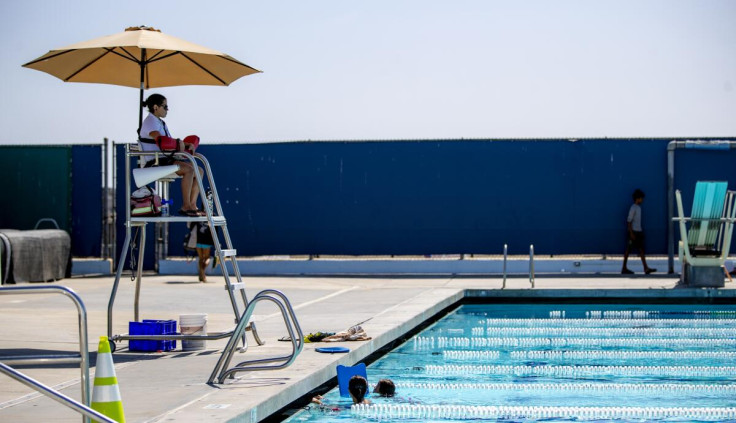
Lack of access, stereotypes, and costs have long prevented minorities from taking swim lessons, according to the latest CDC data. The study, revealed that approximately 40 million Americans do not know how to swim, with minorities, specifically Latinos and Black populations, being most at risk for drowning. All in all 72% of Latino adults and 63% of Black adults have never taken a swim lesson, compared to 48% of white adults.
The report, titled Vital Signs looked at drowning deaths, self-reported swimming skills, participation in swimming lessons, and exposure to recreational water, concluding that increased access to basic swimming and water safety skills training can save lives.
Debra Houry, the CDC's chief medical officer said of the report:
"I've seen firsthand the effects of drowning: families forced to say goodbye to their loved ones too soon. CDC's drowning prevention experts collected high-quality drowning data to better understand how we can protect people in communities across the United States. Understanding the barriers people face to accessing basic swimming and water safety skills training can help us better understand how to address those barriers, decrease drowning rates, and save lives."
The report concluded that almost 40 million adults (15.4%) in the United States do not know how to swim and over half (54.7%) have never taken a swimming lesson. "Research suggests the difference in self-reported swimming ability may be linked to differences in access to swimming lessons or other historical and social factors," said the report, adding that "swimming lessons may be too expensive or not available in some communities."
According to the study, disparities in access are influenced by complex historical, structural, and social factors. "Research suggests that differences in participation in swimming has been affected by inequitable structural environments (e.g., availability of swimming pools) and social exclusivity".
Recommendations by the CDC include:
- Building and revitalizing public pools to increase access to swimming for all people.
- Promoting affordable swimming and water safety lessons available through participating partners, such as the American Red Cross, YMCA, and other community-based organizations.
- Foster swimming and water safety skills training professionals and motivate them to reach out to communities to better understand what barriers people face to participate in lessons.
- Hire diverse aquatic staff that look like the communities they serve and adapting aquatic programs to meet specific community needs in order to decrease some reported barriers.
© 2024 Latin Times. All rights reserved. Do not reproduce without permission.







